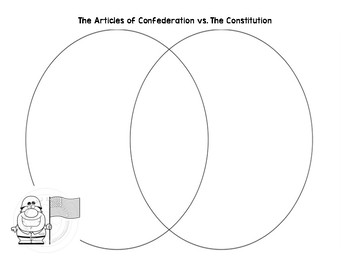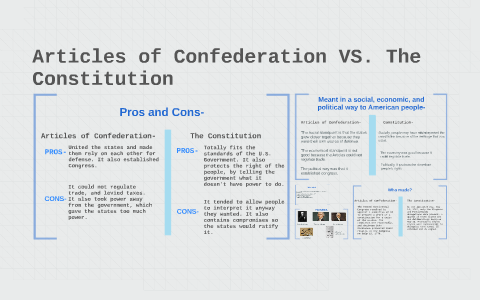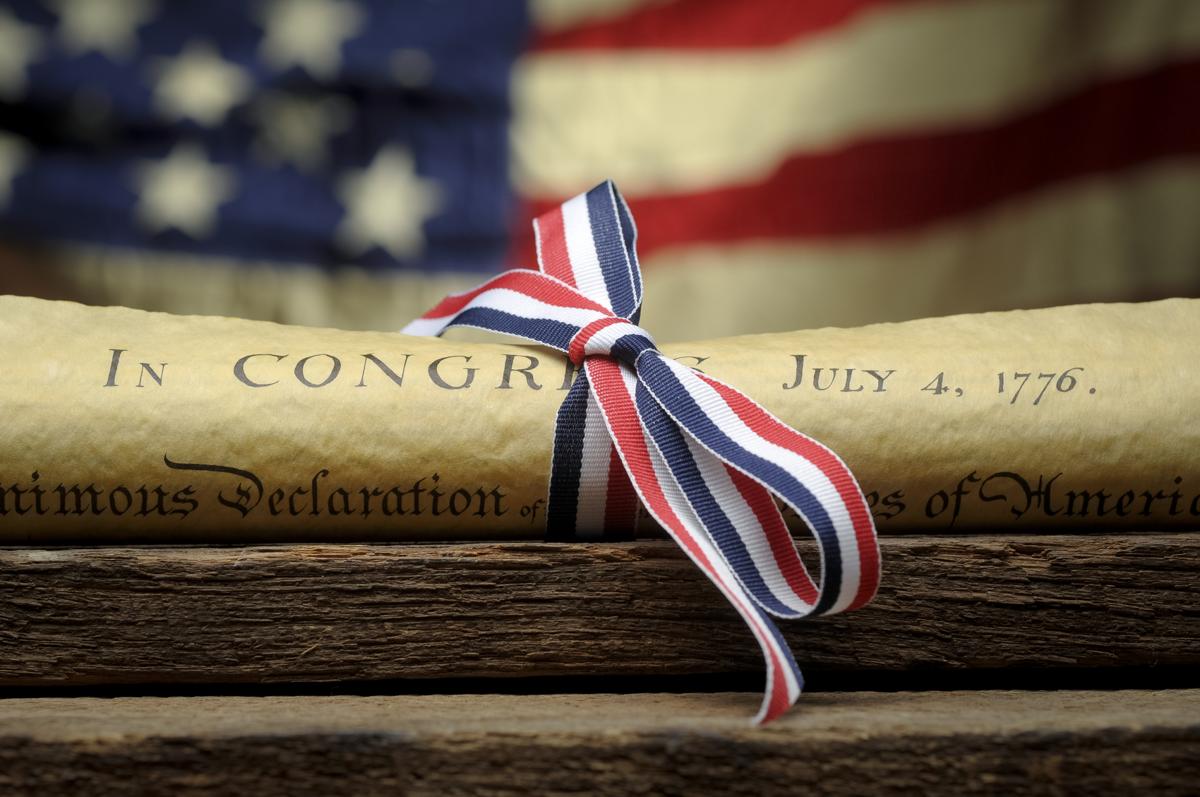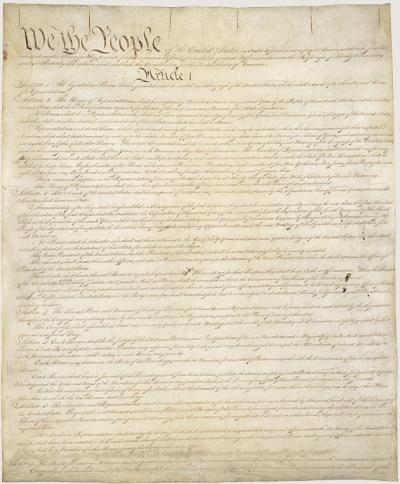The Articles of Confederation and the Constitution are two documents that were created in the United States to outline the country's governing principles and structure. Both documents have played a significant role in the history of the United States and continue to shape the country's political system today.
The Articles of Confederation were adopted by the Continental Congress in 1781, shortly after the American Revolutionary War. They were the first form of government for the newly independent United States and served as a model for the country's future Constitution. The Articles established a federal government that was composed of a unicameral legislature, known as the Continental Congress, and a weak executive branch. The government was given the power to regulate trade, declare war, and maintain an army and navy, but it did not have the authority to levy taxes or regulate commerce.
The main purpose of the Articles of Confederation was to unite the 13 states under a single government and to protect their independence from foreign powers. However, the government under the Articles was not strong enough to effectively govern the country. It struggled to raise funds and maintain control over the states, and it was unable to address the many challenges facing the young nation.
In 1787, the Constitutional Convention was held in Philadelphia to address the problems with the Articles of Confederation. The result of this convention was the Constitution of the United States, which was ratified in 1788 and went into effect in 1789.
The Constitution established a federal government that was more powerful and centralized than the one outlined in the Articles of Confederation. It created three branches of government: the legislative, executive, and judicial. The legislative branch, which is made up of the Senate and the House of Representatives, has the power to make laws and levy taxes. The executive branch, headed by the President, is responsible for enforcing the laws and managing the day-to-day affairs of the government. The judicial branch, made up of the Supreme Court and other federal courts, interprets the laws and settles disputes.
Under the Constitution, the states retain a great deal of autonomy and are able to govern themselves in many areas. However, the federal government has the power to regulate interstate commerce and can override state laws if they conflict with federal laws.
The Constitution also includes a system of checks and balances, which ensures that no one branch of government becomes too powerful. For example, the President has the power to veto legislation passed by Congress, but Congress can override a veto with a two-thirds majority vote in both the Senate and the House of Representatives.
In conclusion, the Articles of Confederation and the Constitution are two important documents that have shaped the United States' political system. The Articles were the first form of government for the new nation and established a federal government with limited powers. The Constitution, on the other hand, created a more centralized and powerful federal government with three branches and a system of checks and balances. Both documents continue to be significant in the United States today and have had a lasting impact on the country's political system.









